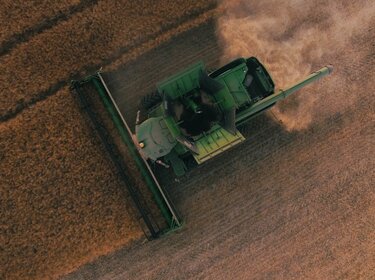With increasing urbanization, public transport infrastructure in cities worldwide is reaching its capacity limits. In addition, maintaining an adequate supply of mobility services in rural regions and on the outskirts of large cities, as well as minimizing the negative environmental impacts of the transport sector, are playing an increasingly decisive role.
Important drivers for new mobility strategies are digitalization as well as automation and networking in mobility. Future mobility concepts should enable smooth intermodality. With increasing progress in automation technology, the readiness of corresponding driving functions for series production, and the advancing spread of infrastructure, there are numerous new application possibilities and associated legal and political challenges.
The TÜV Association welcomes these developments on automated driving and is accompanying the process of developing regulations for vehicles. Harmonization and the creation of regulations or legal framework conditions for the new types of traffic systems, in particular for the networking of vehicles and infrastructure, should therefore be strived for.
these fields of action must be addressed in order to establish automated and driverless vehicles in public transport across the board:
- Planning security through a regulatory framework
- Drive forward international standardization
- Include legal certainty and data protection
- Ensure safe and stable infrastructure
- Amendment of the Passenger Transportation Act
- Promoting user acceptance
The fields of action are broken down in more detail in the adjacent position paper.



